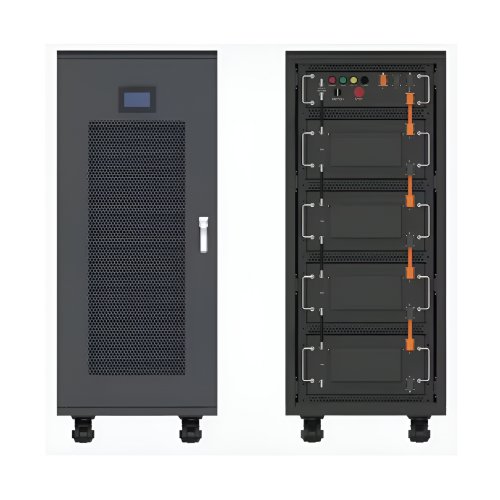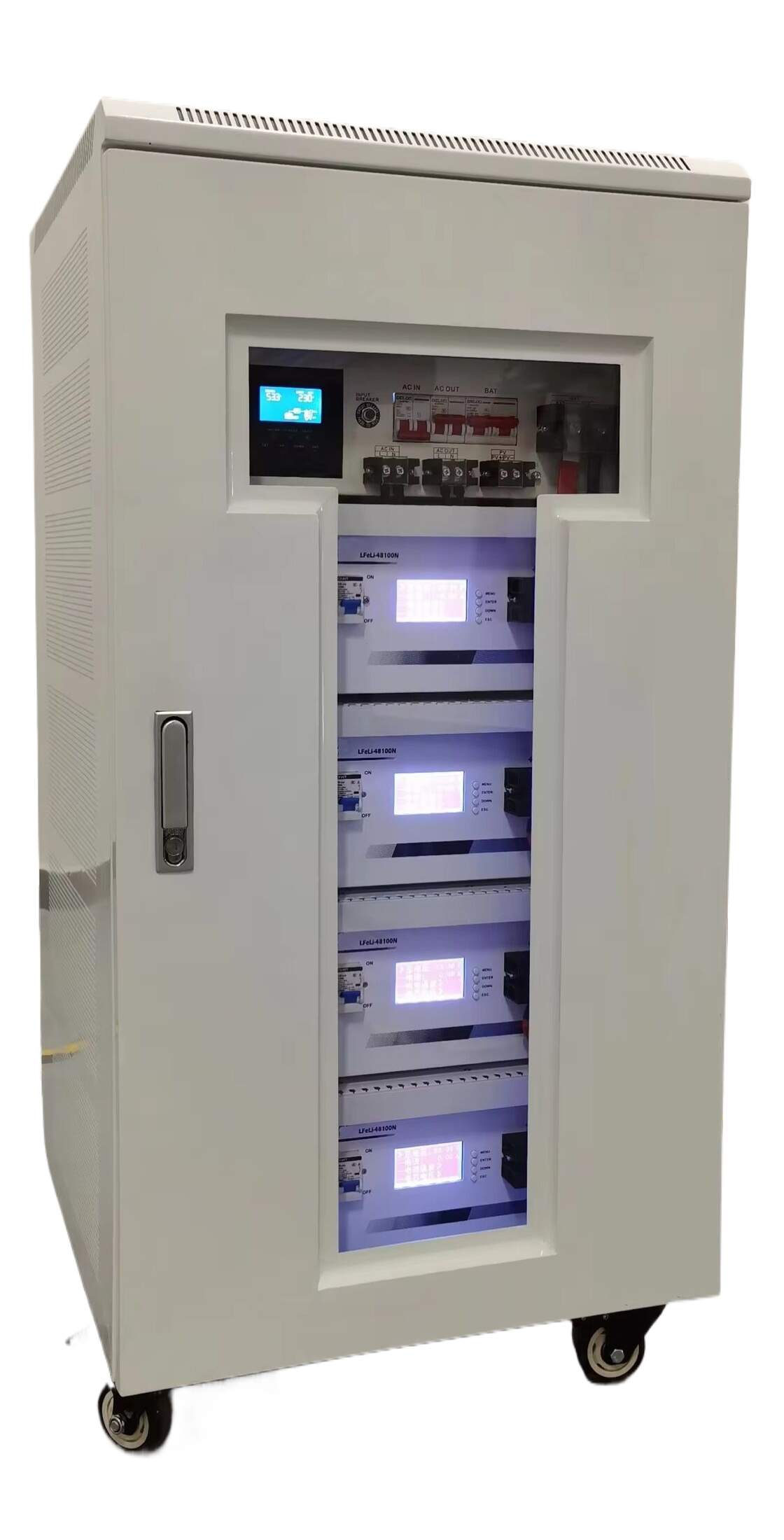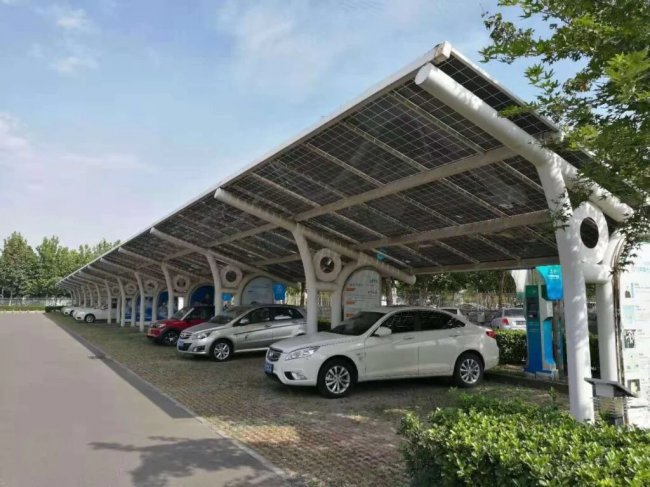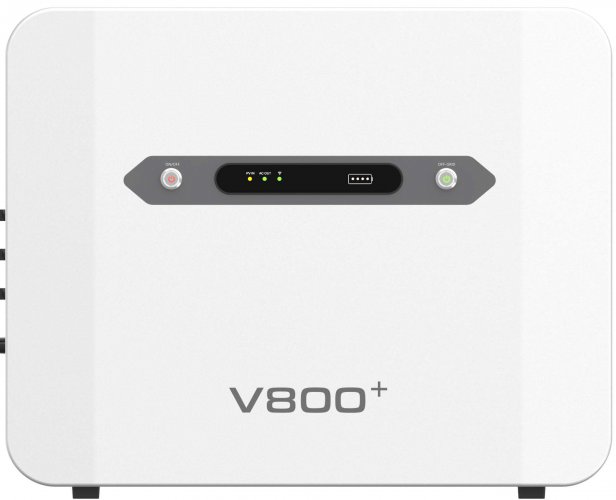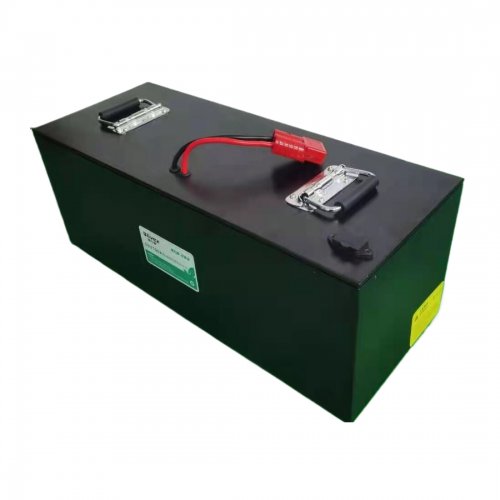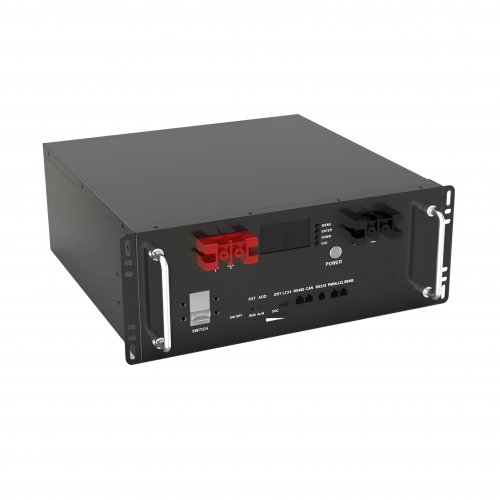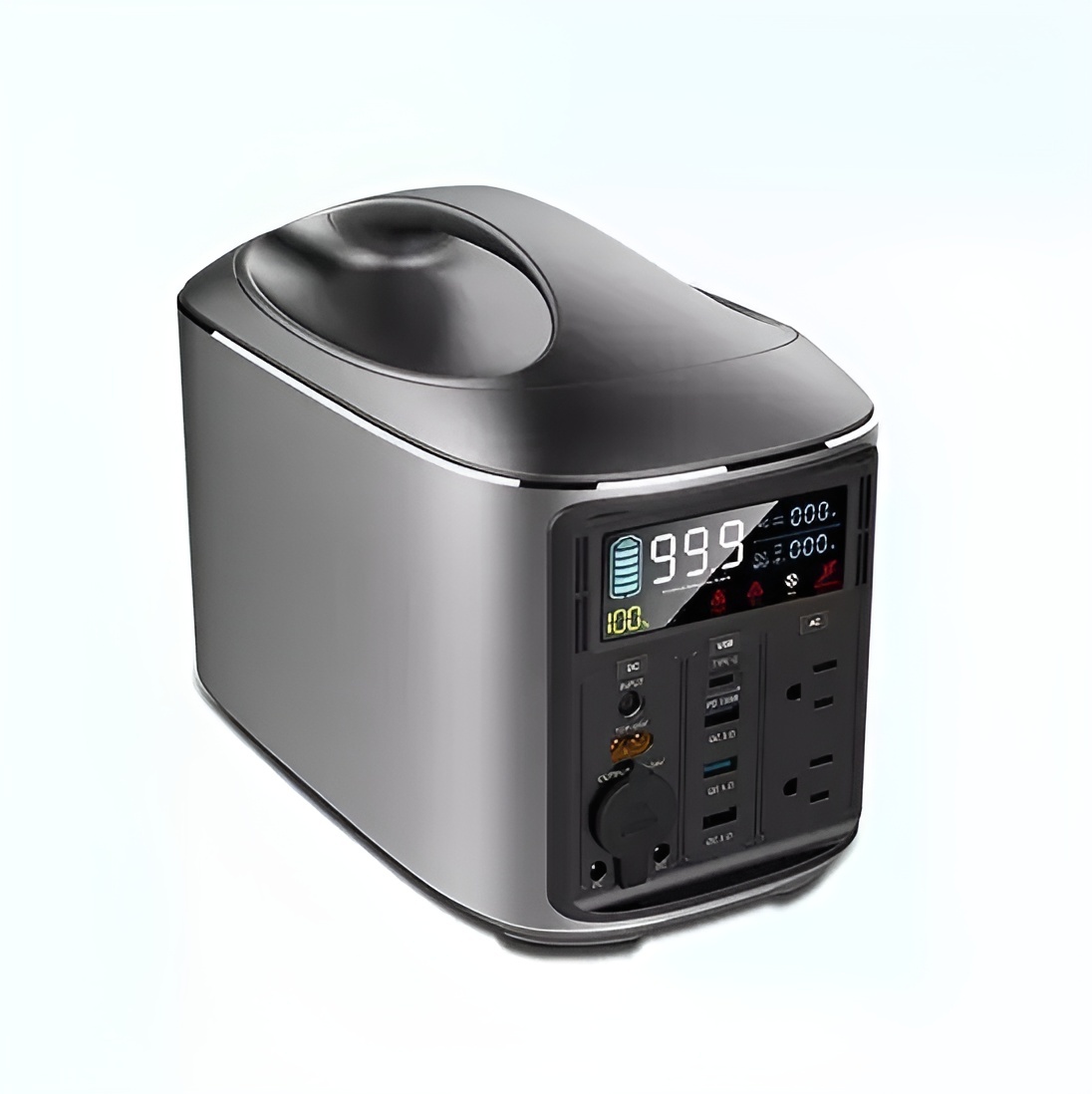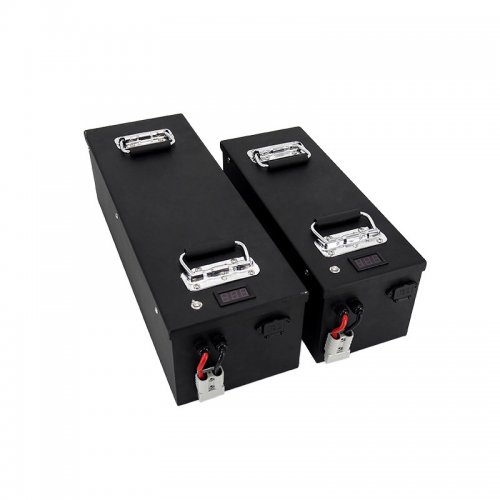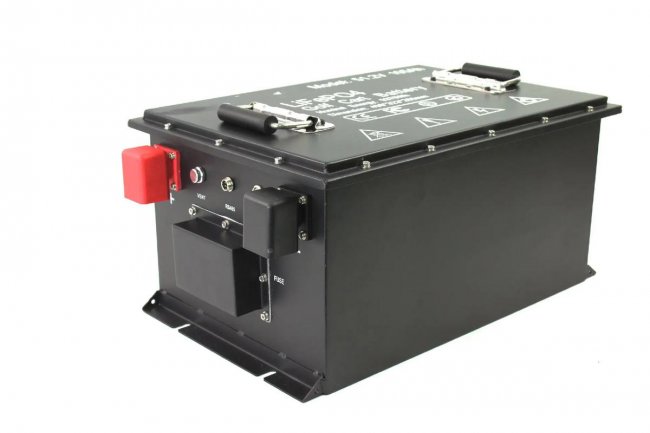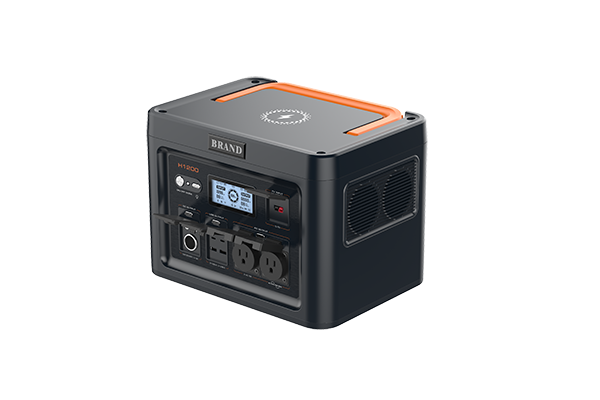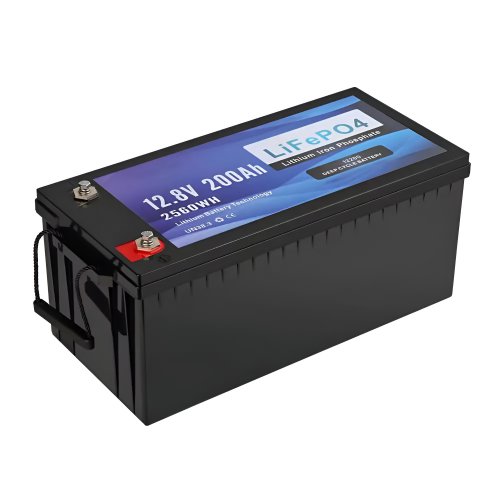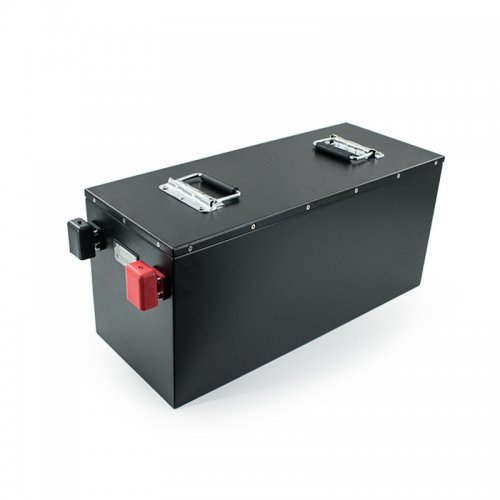Advances In Rate Capability: Unlocking The Power Of Fast-charging Energy Storage
The relentless pursuit of faster charging and higher power output in energy storage systems has placed the electrochemical parameter of rate capability at the forefront of materials science and engineering research. Rate capability, defined as the ability of a battery or supercapacitor to maintain its capacity and energy under high current densities, is no longer a secondary performance metric but a critical enabler for technologies ranging from electric vehicles (EVs) to grid-level frequency regulation. Recent years have witnessed remarkable progress in understanding the fundamental limitations and developing innovative strategies to enhance this crucial property, moving beyond incremental improvements to paradigm-shifting breakthroughs.
Deciphering the Rate-Limiting Mechanisms
The foundational understanding of rate capability has evolved from a simplistic view of ionic and electronic transport to a more holistic, multi-scale perspective. The performance at high rates is governed by a complex interplay of intrinsic and extrinsic factors: ionic diffusion within the active material and electrolyte, electron conduction through the electrode architecture, charge transfer kinetics at the electrode-electrolyte interface, and the overall thermal management of the cell. A significant research thrust has been the precise identification of the dominant rate-limiting step in different material systems using advancedin-situandoperandocharacterization techniques.
For instance,in-situtransmission electron microscopy and synchrotron X-ray diffraction have visualized, in real-time, the structural evolution and phase transformations of electrode materials under high-current pulses. In high-nickel layered oxide cathodes (e.g., NMC811), research has shown that high-rate cycling can induce microcracking due to anisotropic lattice strain, leading to impedance buildup and capacity fade (Li et al., 2022). Similarly, in silicon anodes, the rate capability is severely hampered by the slow solid-state diffusion of lithium ions and the immense mechanical stress during (de)lithiation. This deepened mechanistic understanding has directly informed the design of next-generation materials and electrode structures.
Material Innovations: From Bulk to Surface and Interface Engineering
1. Cathode Architectures: For lithium-ion batteries, cathode materials have been a primary focus. Beyond traditional doping and coating strategies to improve bulk ionic conductivity and surface stability, novel morphological controls are being implemented. The synthesis of single-crystal NMC cathodes has proven superior to their polycrystalline counterparts, as they eliminate grain boundaries that impede Li+ transport and act as initiation sites for cracks (Qian et al., 2023). Furthermore, the development of concentration-gradient core-shell particles, with a stable Mn-rich shell and a high-capacity Ni-rich core, offers a compromise between energy density and rate performance.
2. Anode Breakthroughs: The quest for high-rate anodes has moved beyond graphite. Niobium-based oxides like TiNb₂O₇, with a Wadsley-Roth crystal structure, offer a unique combination of high capacity and exceptional rate capability due to their open channels for fast Li+ diffusion, positioning them as "pseudocapacitive" anodes (Griffith et al., 2021). For lithium-metal batteries, a major bottleneck for fast charging is dendrite growth. Recent breakthroughs involve constructing artificial solid-electrolyte interphases (SEI) with high ionic conductivity and mechanical strength. For example, the use of lithium fluoride (LiF) and polymer composites in the SEI has been shown to facilitate uniform Li+ flux, enabling stable cycling at current densities exceeding 10 mA cm⁻².
3. Beyond Lithium-Ion: In sodium-ion and potassium-ion batteries, research has focused on designing materials that exploit their inherently faster cation diffusion kinetics compared to Li+. Hard carbon anodes with expanded interlayer spacing and Prussian blue analogue cathodes with open framework structures have demonstrated outstanding rate capabilities, making them promising for high-power applications.
The Electrolyte and Interphase Revolution
The role of the electrolyte in rate capability is now recognized as equally critical as the electrode. Conventional liquid electrolytes with low transference numbers limit the maximum current density due to concentration polarization. Recent breakthroughs include:Highly Concentrated Electrolytes and Localized High-Concentration Electrolytes (LHCE): These formulations reduce the number of free solvent molecules, leading to the formation of robust, ion-conductive interphases and enabling faster charge transfer at both anode and cathode interfaces simultaneously.Solid-State Batteries (SSBs): While the low ionic conductivity of many solid electrolytes has been a historical challenge, the development of sulfide-based (e.g., Li₁₀GeP₂S₁₂) and halide-based solid electrolytes has achieved Li+ conductivities rivaling liquid electrolytes. The key to unlocking their rate capability lies in minimizing the interfacial resistance through clever engineering, such as the use of soft interfacial layers or composite cathodes where the solid electrolyte is intimately mixed with the active material to ensure continuous Li+ pathways.
Electrode Engineering and Scalable Manufacturing
A macro-scale breakthrough has been the transition from traditional slurry-cast electrodes to sophisticated 3D architectures. Thick electrodes, while desirable for high energy density, typically suffer from poor rate capability due to long, tortuous ion diffusion paths. To overcome this, researchers are fabricating electrodes with vertically aligned channels or gradient porosity, which act as "ionic highways" for rapid electrolyte penetration and ion transport (Sander et al., 2022). Additive manufacturing (3D printing) is emerging as a powerful tool to create such bespoke electrode geometries that were previously impossible. Furthermore, the use of single-walled carbon nanotubes (SWCNTs) and graphene as conductive additives creates a highly efficient, percolating network with minimal mass fraction, significantly reducing electronic resistance in the electrode.
Future Outlook and Challenges
The trajectory of rate capability research points towards an integrated, "materials-by-design" approach. The future will likely involve:Multi-Modal Optimization: The true potential will be unlocked by simultaneously optimizing the material's crystal structure, particle morphology, electrode architecture, and electrolyte composition, guided by multi-physics modeling and artificial intelligence.Dynamic Management Systems: Future battery management systems (BMS) will evolve from passive monitors to active controllers that can dynamically adjust charging protocols based on real-time diagnostics of the cell's internal states (e.g., Li+ concentration, stress), preventing degradation under high-rate operation.Focus on Sustainability: As rate capability improves, the environmental impact of new materials and processing techniques (e.g., 3D printing) must be assessed. The development of high-rate, earth-abundant materials will be crucial for sustainable scale-up.
In conclusion, the advances in rate capability represent a convergence of fundamental science and innovative engineering. By deconstructing the complex interplay of transport phenomena and interfacial kinetics, researchers are developing a new generation of energy storage devices that do not force a trade-off between energy and power. The progress from novel material synthesis to architectural design promises to finally make rapid charging, high-power applications a ubiquitous and reliable reality.
References (Examples):Griffith et al. (2021). "High-Rate Capability of Niobium-Based Oxides for Fast-Charging Lithium-Ion Batteries."Nature Energy, 6(2), 151-162.Li et al. (2022). "Probing the Degradation Mechanisms in Ni-Rich Cathodes under Ultra-Fast Charging."Advanced Materials, 34(15), 2108405.Qian et al. (2023). "Single-Crystal Cathodes for Enhanced Rate Performance and Long-Term Cycling Stability."Joule, 7(4), 789-804.Sander et al. (2022). "Architected Electrodes for Li-Ion Batteries: A Review of 3D Printing and Other Structuring Methods."Advanced Energy Materials, 12(18), 2102658.
Customized/OEM/ODM Service
HomSolar Supports Lifepo4 battery pack customization/OEM/ODM service, welcome to contact us and tell us your needs.


HomSolar: Your One-stop LiFePO4 Battery Pack & ESS Solution Manufacturer
Our line of LiFePO4 (LFP) batteries offer a solution to demanding applications that require a lighter weight, longer life, and higher capacity battery. Features include advanced battery management systems (BMS), Bluetooth® communication and active intelligent monitoring.

Customised Lithium Iron Phosphate Battery Casing
ABS plastic housing, aluminium housing, stainless steel housing and iron housing are available, and can also be designed and customised according to your needs.

HomSolar Smart BMS
Intelligent Battery Management System for HomSolar Energy Storage System. Bluetooth, temperature sensor, LCD display, CAN interface, UART interface also available.


Terminals & Plugs Can Be Customized
A wide range of terminals and plugs can be customised to suit the application needs of your battery products.

Well-designed Solutions for Energy Storage Systems
We will design the perfect energy storage system solution according to your needs, so that you can easily solve the specific industry applications of battery products.



About Our Battery Cells
Our energy storage system products use brand new grade A LiFePO4 cells with a battery lifespan of more than 4,000 charge/discharge cycles.



Applications in Different Industries
We supply customized & OEM battery pack, assemble cells with wiring, fuse and plastic cover, all the cell wires connected to PCB plug or built BMS.
Applications: E-bike, Electric Scooter, Golf Carts, RV, Electric Wheelchair, Electric Tools, Robot Cleaner, Robot Sweeper, Solar Energy Storage System, Emergency Light, Solar Power Light, Medical Equipment, UPS Backup Power Supply.
We can provide you with customized services. We have the ability to provide a vertical supply chain, from single cells to pack/module and to a complete power solution with BMS, etc.


HomSolar (Shenzhen) Technology Co., Ltd







